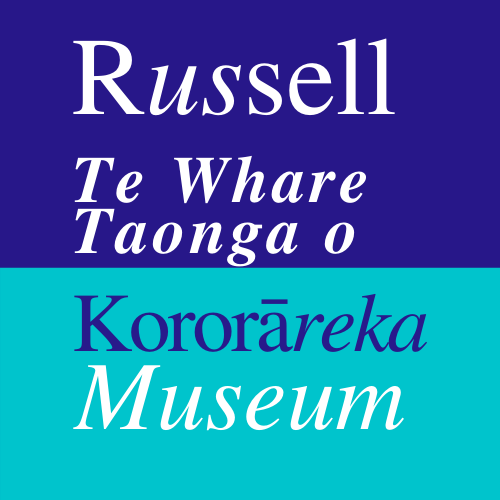She gazes quietly in her corner. There are only a few clues as to her origin or history and little is known about how she ended up in Russell Museum. It is thought that she was part of the figurehead from the barque Lizzie Bell, 1070 tons, which set out from Wellington bound for Newcastle with 18 crew. The weather was fine but cold, with a slight haze. On the night of July 24th 1901, the ship struck a rock on Waimate Reef, 2.4km south of Oeo River, Taranaki, and 2 crew were thrown overboard and found dead. The ship was wrecked. The rest of the crew abandoned ship and during the night were capsized more than once, with the loss of another 6 crewmen. The next morning the survivors made their way to a Capt Good’s property to seek help, but not without suffering another 4 deaths.
Wooden figures like this one in the bow of the ship were traditionally used for luck and were designed to embody the spirit of their ships. Despite being viewed as unlucky aboard a ship, women were perversely believed to be the best navigators. Superstition amongst sailors said that the female figurehead should have eyes to find a way through the seas when lost, whilst her bare breast would shame a stormy sea into calm.
This figurehead is on loan from the family of Peter Williams, the famous launchman of Avalon fame who fished with Zane Grey when he visited NZ in the 1920s. Grey praised Peter’s ability as a boatman, calling him “The best and coolest and strongest man who ever stood by my side with a gaff.” But how did he come by the figurehead of the Lizzie Bell? Quite a story, complete with tragedy, superstition and mystery, behind the face.
Sources. New Zealand Shipwrecks 1795-1975. Papers Past. http://www.plimsoll.org/SeaPeople/womenandthesea/theearlydaysofwomenatsea/






























